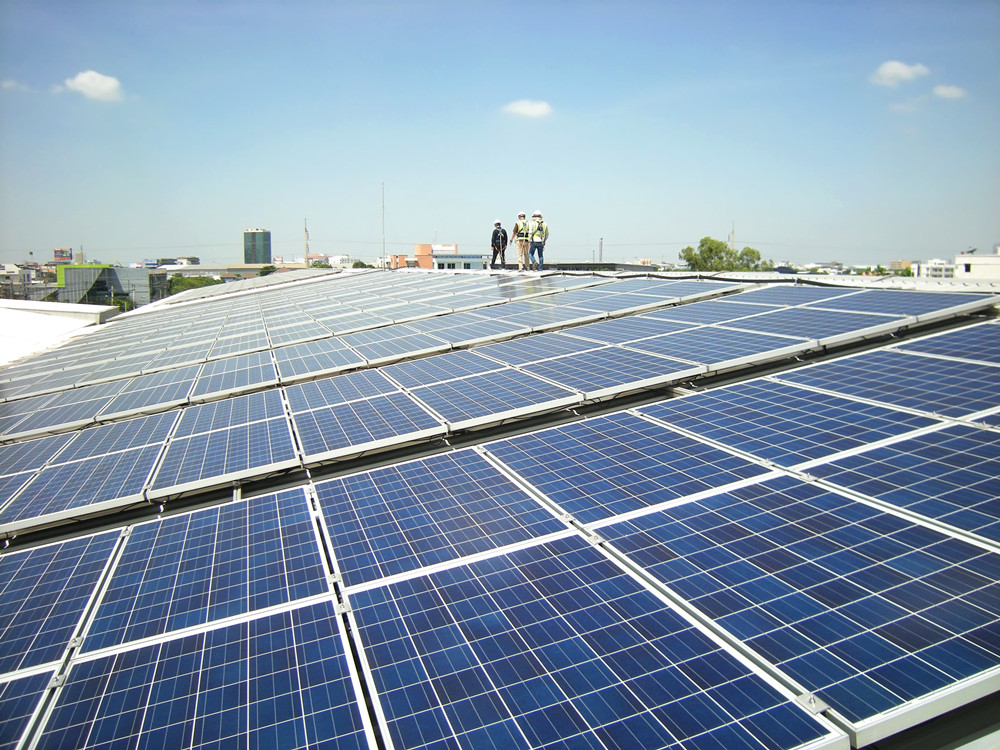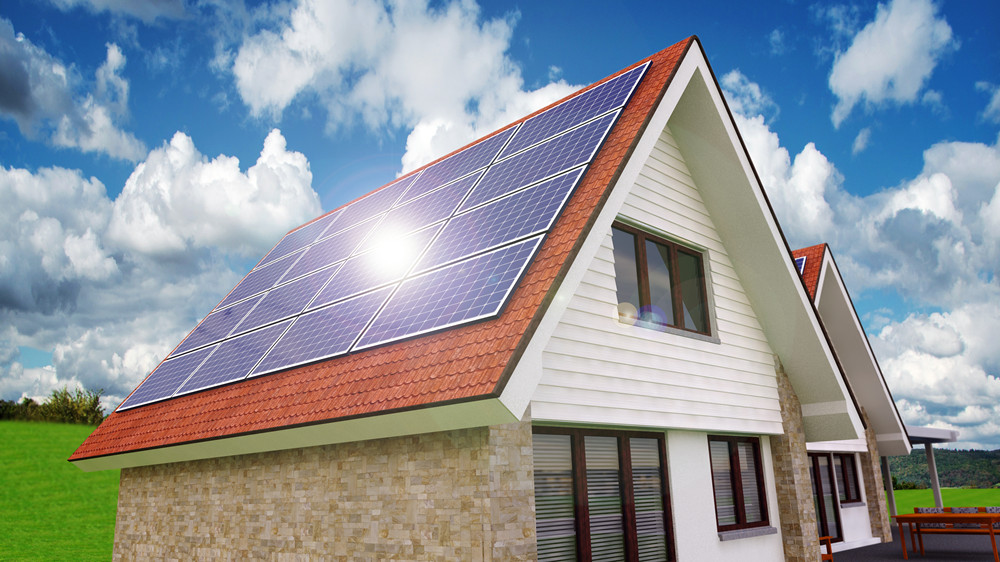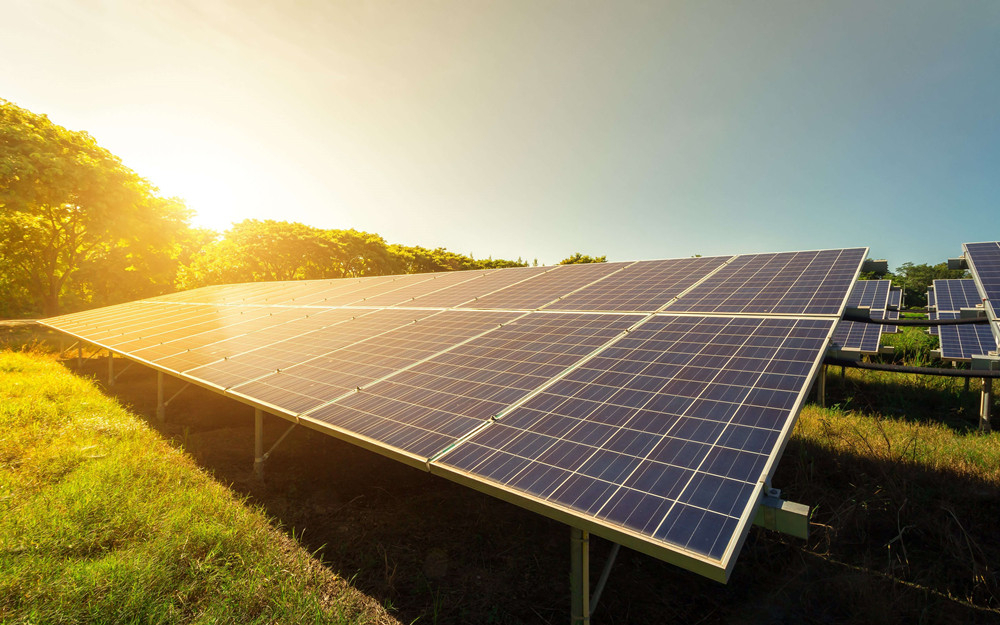Since November 2012, a long-standing protest has been taking place in Myanmar against the Sino-Myanmar joint venture Monterey Valaibee Pond Copper Mine, drawing significant attention from global media. This event has reignited concerns within China about the role of Chinese companies in overseas copper resource development through financial channels.
Copper is a critical strategic material, especially in the production of copper core cables. Due to the widespread use of copper cables, over 60% of copper consumed in China's wire and cable industry comes from this sector. The demand for copper remains high, with approximately 5 million tons used annually, and 70% of copper concentrates being imported each year. With China's reserves estimated at around 26 million tons, the country could rely on domestic resources for more than five years if not for the heavy reliance on imports.
To meet growing domestic demand, Chinese firms have increasingly invested in overseas copper projects. However, global mining is dominated by the top ten mining giants, which control nearly 75% of world production. As a result, China lacks pricing power, leading to sharp increases in import costs. Industry insiders reveal that smelting companies lose between 1,000 to 2,000 yuan per ton of copper due to these challenges.
The rising cost of copper has placed immense pressure on the wire and cable industry. With the upcoming growth of smart grids, nuclear power, railways, airports, construction, and household appliances, the demand for wire and cable is expected to surge. This creates a pressing need for alternative materials.
China, as a major aluminum producer with vast reserves of around 2.7 billion tons, is looking toward aluminum-based solutions. Experts suggest that developing high-performance aluminum alloy cables can help alleviate the copper shortage. These cables offer comparable conductivity and mechanical strength while being lighter and more flexible than traditional copper cables.
Recent technological advancements have enabled the successful development of aluminum alloy cables, overcoming previous limitations such as poor mechanical strength and high rebound. These cables now provide enhanced safety, electrical performance, and durability, making them a viable replacement for copper in many applications.
In countries like the U.S., France, and Canada, aluminum alloys already account for up to 90% of cable usage. In China, although the market is still in its early stages, it has seen rapid growth, with an annual increase of 3 to 5 times in recent years. Analysts predict that the aluminum alloy cable market in China will expand significantly over the next five years, reaching a value of over 200 billion yuan, offering a bright future for this emerging industry.
Solar Panels
What Is A Solar Panel?
Solar energy begins with the sun. Solar panels (also known as "PV panels") are used to convert light from the sun, which is composed of particles of energy called "photons", into electricity that can be used to power electrical loads.
Solar panels can be used for a wide variety of applications including remote power systems for cabins, telecommunications equipment, remote sensing, and of course for the production of electricity by residential and commercial solar electric systems.
How Do Solar Panels Work?
Solar panels collect clean renewable energy in the form of sunlight and convert that light into electricity which can then be used to provide power for electrical loads. Solar panels are comprised of several individual solar cells which are themselves composed of layers of silicon, phosphorous (which provides the negative charge), and boron (which provides the positive charge). Solar panels absorb the photons and in doing so initiate an electric current. The resulting energy generated from photons striking the surface of the solar panel allows electrons to be knocked out of their atomic orbits and released into the electric field generated by the solar cells which then pull these free electrons into a directional current. This entire process is known as the Photovoltaic Effect. An average home has more than enough roof area for the necessary number of solar panels to produce enough solar electricrity to supply all of its power needs excess electricity generated goes onto the main power grid, paying off in electricity use at night.
In a well-balanced grid-connected configuration, a solar array generates power during the day that is then used in the home at night. Net metering programs allow solar generator owners to get paid if their system produces more power than what is needed in the home. In off-grid solar applications, a battery bank, charge controller, and in most cases, an inverter are necessary components. The solar array sends direct current (DC) electricity through the charge controller to the battery bank. The power is then drawn from the battery bank to the inverter, which converts the DC current into alternating current (AC) that can be used for non-DC appliances. Assisted by an inverter, solar panel arrays can be sized to meet the most demanding electrical load requirements. The AC current can be used to power loads in homes or commercial buildings, recreational vehicles and boats, remote cabins, cottages, or homes, remote traffic controls, telecommunications equipment, oil and gas flow monitoring, RTU, SCADA, and much more.



solar panels,solar energy,solar power,solar panel price,solar cell
Suzhou Keffran Parts Co.,ltd , https://www.keffran-elevatorsmart.com


